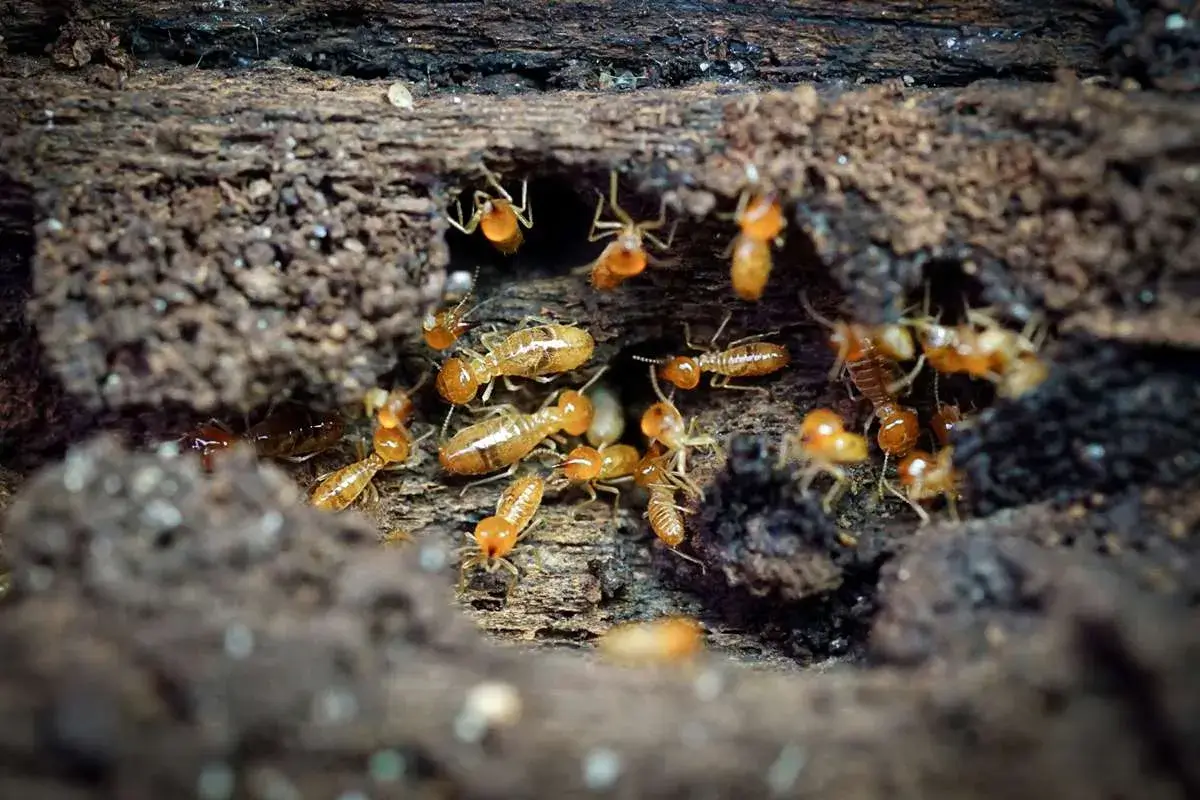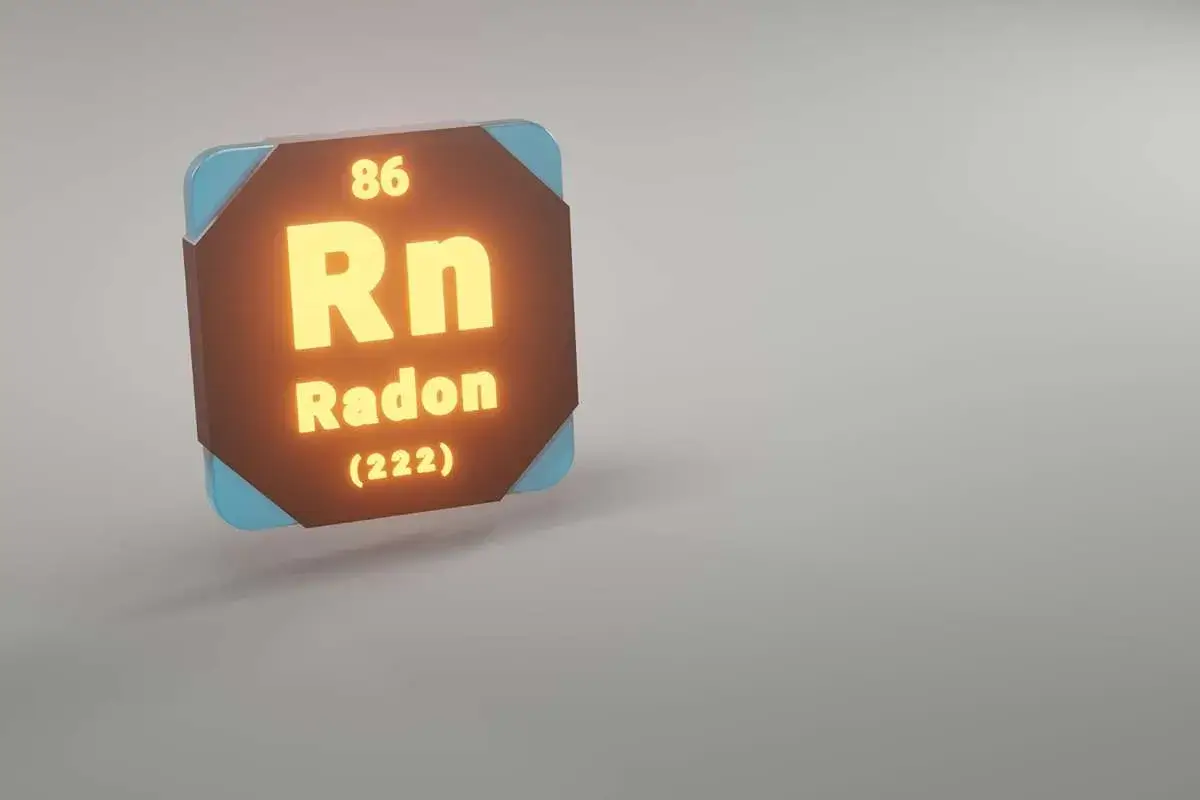When people think about home safety, they often picture locks on doors or smoke detectors…

Termite Inspections: Protecting Arizona Homes from Silent Damage
As a resident of Arizona, you know that you are going to get sunshine, and perhaps some dust storms, too. The weather is predictable but what’s not predictable is having termites.
There is no way that you are going to expect small, silent predators chewing away at your house. Termites thrive here, quiet, hidden, and potentially destructive. That’s why a professional termite inspection is your best defense.
Why Termite Inspections Matter
Termites are not simple nibblers; they eat wood, making homes weak and presenting a significant cost of repairs. The most prevalent species, according to the Arizona Department of Agriculture, is the subterranean termite, which is known to cause massive destruction of structural timber in buildings, utility poles, and houses.
Regular termite inspections serve as a key termite damage prevention measure. They help inspectors detect very early signs of visible damage before it assumes recognizable shapes, such as mud tubes or hollow wood, to mention a few.
Termite Threat in Arizona: Not a Myth
Arizona lies in an area that experts consider to be one of the most active underground termite belts in the United States. It is possible that homes in this area are sitting on 3 to 5 termite colonies per acre, and each colony contains over 100,000 termites.
In the U.S., termites damage up to 600,000 homes each year, and homeowners collectively spend about $5 billion per year to repair their homes.
That means termite risk and termite damage prevention must become part of your home maintenance checklist, even in Arizona’s dry climate.
Quick Facts at A Glance
| Fact | Detail |
| Common termite | Subterranean termite (e.g. Heterotermes aureus) |
| Arizona termite colonies | 3–5 per acre, >100,000 termites each |
| Annual damage | $5 billion nationally |
| Inspection frequency | At least once a year, or twice during wetter periods |
What is the Process of a Termite Inspection
A termite inspection is more than a brief survey of your home. Here’s what it typically entails.
- Inspection of the decks, attic, walls, foundation, crawl spaces, and wooden areas is carried out.
- They also knock on the suspicious wood to examine and determine whether it is hollow or soft.
- They inspect the foundation to check for any mud tubes or other signs of termite entry.
- They observe damage that has already occurred or areas that may be infested in the future.
You receive a Wood-Destroying Insect Inspection Report (WDIIR) with the summarized findings and suggestions of actions to be performed.
How Termite Inspections Help with Prevention
Termite inspections aren’t a one-time fix; they’re a proactive measure for termite damage prevention. Benefits include:
- Early treatment: Before massive damage happens, you can take corrective measures.
- Cost saving: Minor treatments are more affordable than repairing or rebuilding joists or walls.
- House maintenance value: A Clean termite report can facilitate the house selling procedure.
- Peace of mind: Knowing your house is not infested by wood-eating pests hidden somewhere gives you peace of mind.
How to Prevent Termite Damage
- Schedule annual or semi-annual termite inspections, especially after monsoon or rainy seasons.
- Clear soil and vegetation away from foundation walls.
- Fix leakage problems. Continuous leakage, poor drainage, and wood in contact with soil will generate moisture, which termites thrive in.
- Mulch, firewood, and building material should be stored above the ground level.
Such measures help ensure that termite activities are kept at bay.
Ignoring the Termite Problem
Termites may be small, but they have a huge impact, both structurally and economically.
What makes termite damage so hazardous is that it is seldom covered by homeowners’ insurance. These pests work quietly, often out of sight, making regular termite inspections essential for early detection. When uncontrolled, a single colony can devour wood, drywall, and insulation, jeopardizing your house’s foundations and security.
In the state of Arizona, homeowners face a high risk of termite infestations, as drywood and subterranean termites thrive in the area due to its climate. Routine termite inspections are a smart and cost-effective way to protect your home and avoid contributing to this staggering national expense.
Conclusion
Termite damage prevention starts with a termite inspection. The arid climate of Arizona can be deceptive, and you realize this when termite damage appears. Every year, homeowners lose billions of dollars, not to mention stress due to termites. With a simple inspection, you can identify potential issues, save thousands, and maintain the structural stability of your house.
Advantage Inspection Service is your best resource to protect your most prized investment: your home. Our licensed inspectors perform thorough termite inspections across Arizona. We look in the attics and crawl spaces, the ground-floor-boards, and the timber structures. You receive a comprehensive report and advice on the ways to prevent termite damage before it is too late.
Contact us now to schedule your inspection or to learn more about our termite inspection services.



